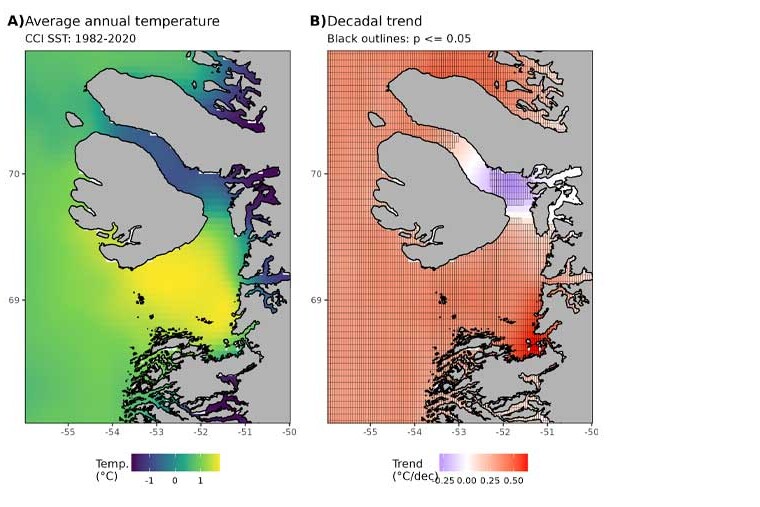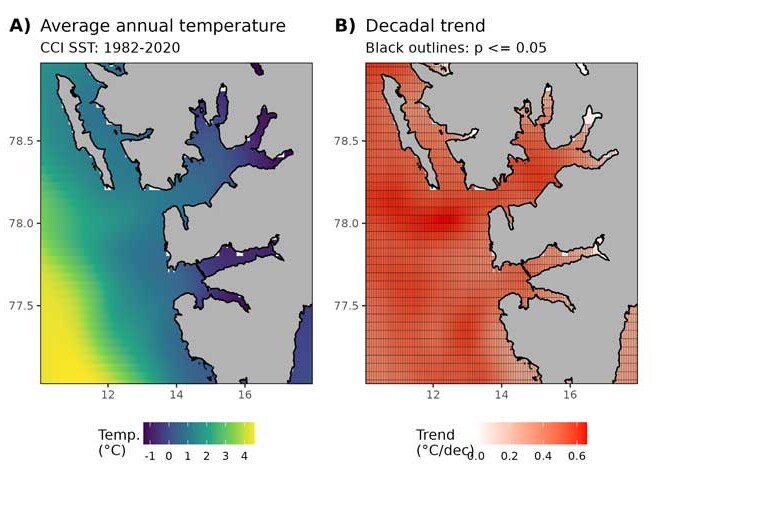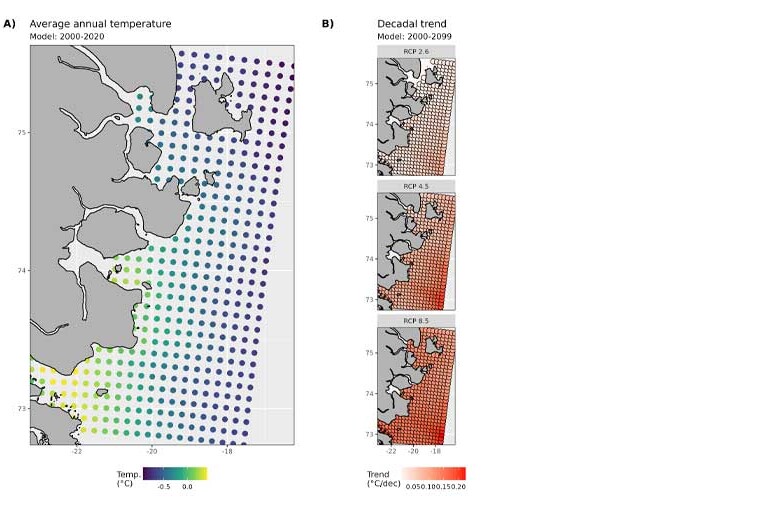The key environmental and human-induced drivers of changing coastal marine biodiversity in the selected study sites of the project will be identified and analysed. This will be the operational base for addressing the fundamental hypotheses of the project. It will follow a two-pronged approach:
(i.) continue and expand the present monitoring activities performed by the partners and
(ii.) compile historical data collected by the partners and other sources. Both external drivers (acting at large-scale and emphasized by the Paris Agreement) and internal drivers (acting at the scale of a study site) will be considered.
Whenever possible, historical and future changes will be assessed. Importantly, some of the variables, such as key organisms, act as drivers while also responding to other drivers (i.e., temperature response of ecosystem engineering species as kelps with potential consequence to associated fauna).
The following potential drivers of change in coastal biodiversity have been identified but others will likely emerge from interviews and scenario workshops, as well as from the research front in the course of the project:
(i.) Ice conditions (glacier retreat, extent and thickness of coastal sea ice, snow cover, permafrost)
(ii.) Physics and chemistry of seawater (temperature, salinity, light availability, nutrients, carbonate chemistry)
(iii.) Biological and ecological drivers (invasive species, primary production, carbon burial)
(iv.) Anthropogenic drivers (tourism, pollution, harvesting, policy)
Furthermore, this part of the project will be responsible for the general data management within FACE-IT.



